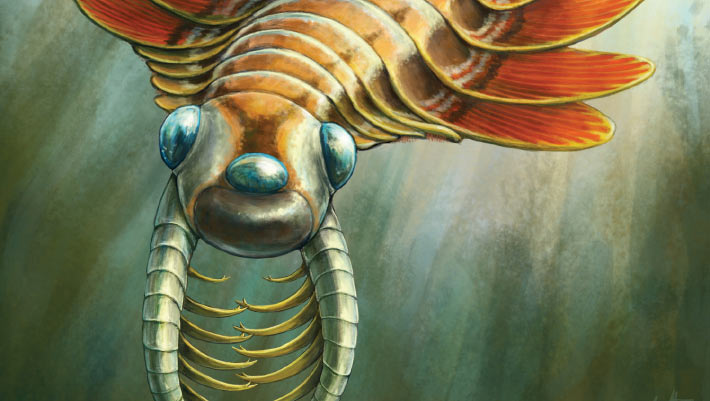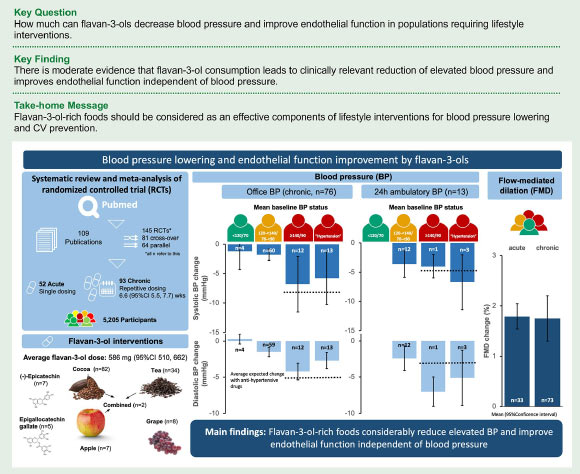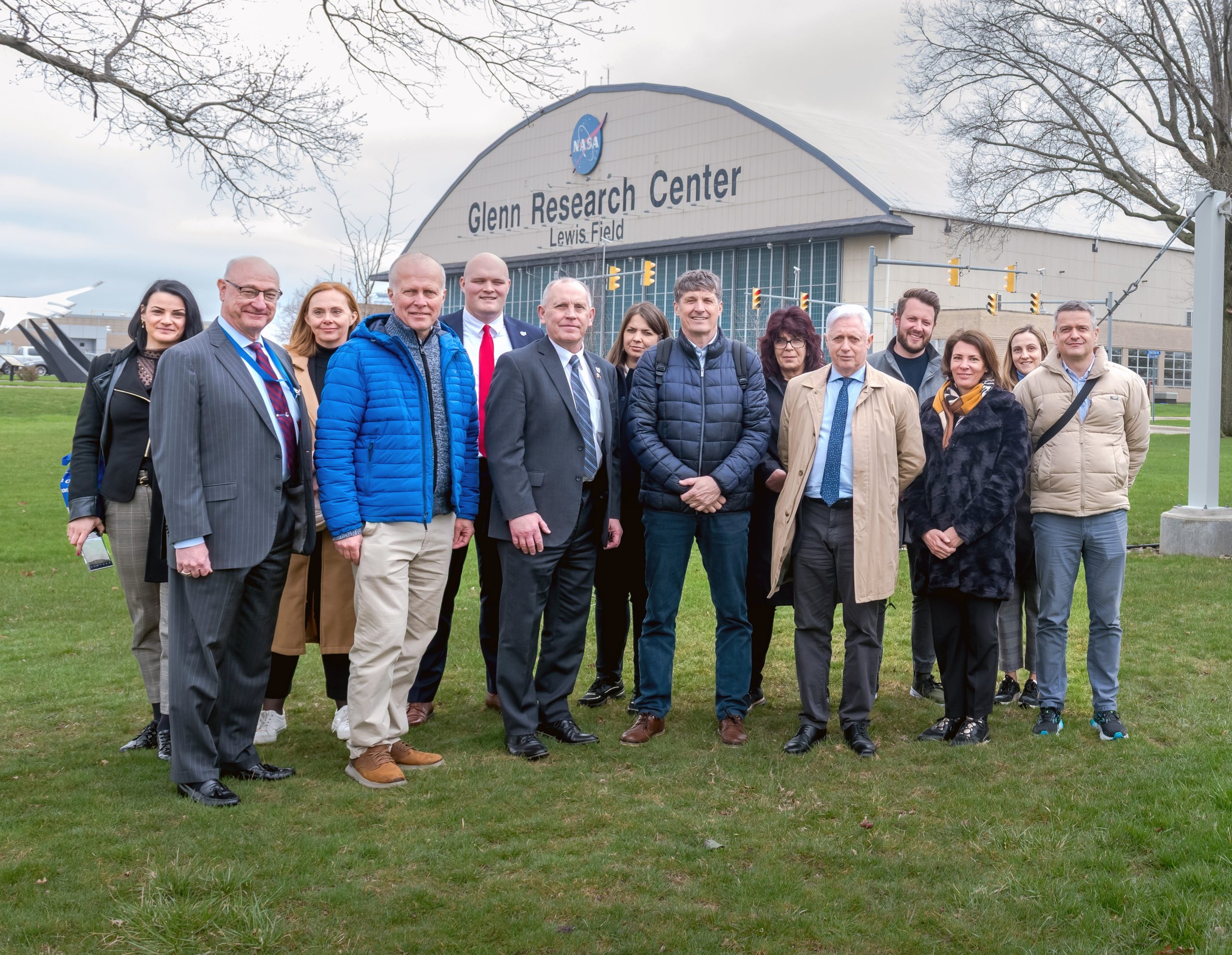Now Reading: New Cambrian Radiodont Species Discovered in Canada’s Burgess Shale
-
01
New Cambrian Radiodont Species Discovered in Canada’s Burgess Shale
New Cambrian Radiodont Species Discovered in Canada’s Burgess Shale

Swift Summary
- Discovery: Mosura fentoni, a newly identified arthropod species, lived 506 million years ago during the Cambrian period in what is now Canada.
- Physical Traits: The creature was the size of an index finger, had three eyes, spiny claws, swimming flaps along its sides, and a circular mouth lined with teeth.Unique among radiodonts, it also had an abdomen-like body region with 16 segments lined with gills.
- Evolutionary Insights: Researchers believe its segmented rear resembles modern arthropods like horseshoe crabs and insects-a case of evolutionary convergence-and highlights early diversity in arthropod evolution.
- Fossil Findings: Sixty specimens were unearthed from British Columbia’s Burgess Shale Formation between 1990-2022. They include rare details of internal anatomy such as nervous systems and circulatory structures resembling modern arthropods’ image-processing capabilities.
- circulatory System Insights: M. fentoni had an open circulatory system with preserved blood cavities called lacunae that confirm widespread early adaptations for this type.
- Published Research: Findings are detailed in Royal society Open Science by Dr. Joseph Moysiuk (Manitoba Museum/Royal Ontario Museum) and Dr. Jean-Bernard Caron (Royal Ontario Museum).
Indian Opinion Analysis
The discovery of Mosura fentoni expands understanding of early evolutionary milestones vital to studying life forms that gave rise to today’s biodiversity.Such research contributes broadly to scientific knowledge about ancient ecosystems critical for tracing the origins of modern biological traits like segmentation or specialized respiratory systems seen across species.
For India, where fossil records are relatively sparse compared to places like Canada’s Burgess Shale Formation, advancements in paleontological research can inspire similar explorations within regions known for their ancient geological formations-such as the Vindhyan Supergroup or Spiti Valley sediments-to increase our contribution to global studies on life’s history.
This study exemplifies international collaboration in addressing fundamental questions related to evolution while elevating awareness about preserving fossils as invaluable scientific assets globally.























